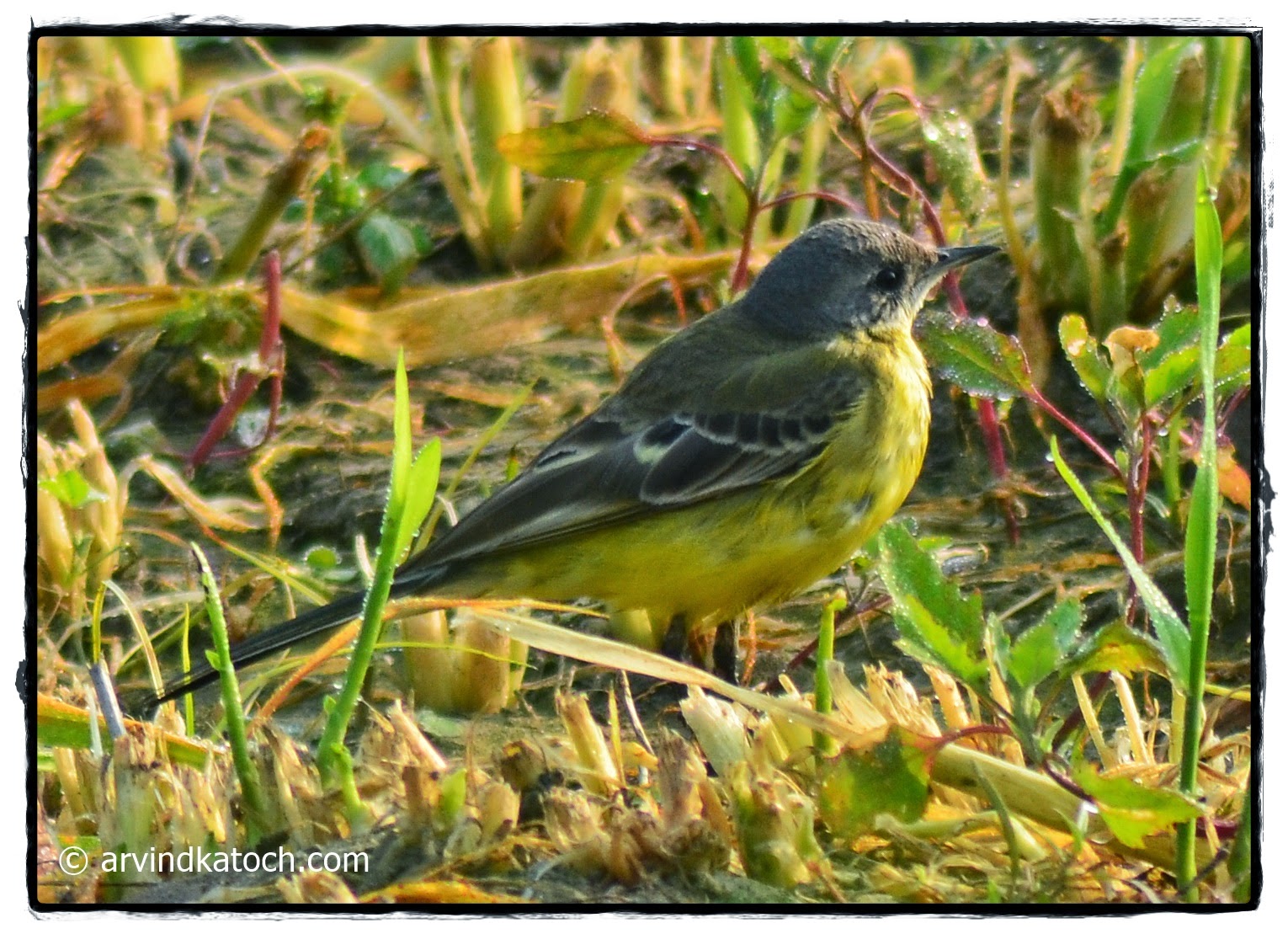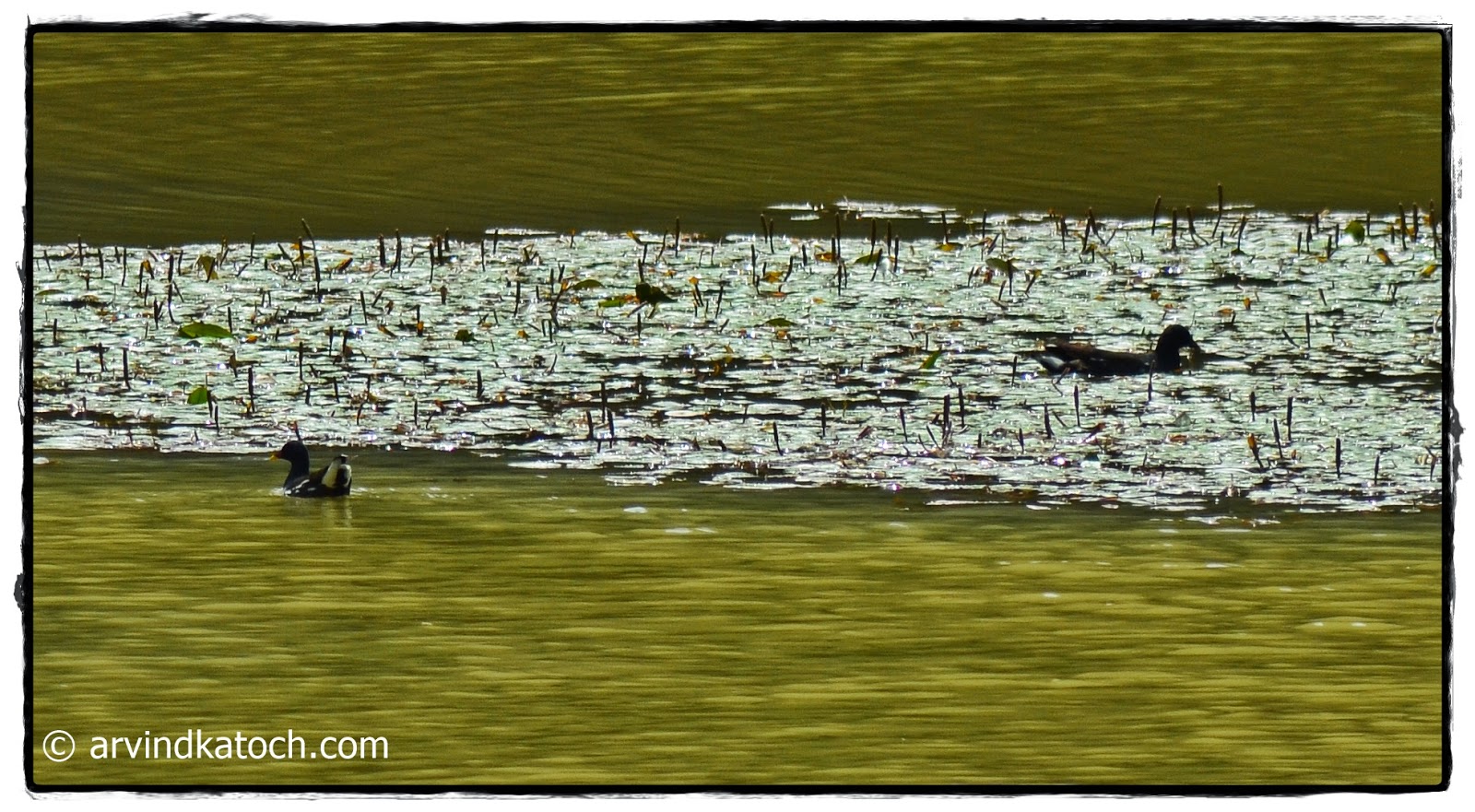The Greater Coucal Or Crow Pheasant (Centropus sinensis) Pictures and Detail

The Greater Coucal The Greater Coucal Or Crow Pheasant (Centropus sinensis) Pictures and Detail I first time came across this bird on the roadside when I was driving. It is common to find Greater Coucal in all parts of Punjab state of India. This bird is also known as Crow Pheasant and its scientific name is Centropus sinensis . Download our App Beautiful Indian Birds (Update 28/01/16 - Now, I often Greater_Coucal (Crow Pheasant) around because we can find this bird in good numbers. The picture below, I took a few days back when I was travelling to the fields. In this picture, I found a clear shot of Crow Pheasant with a few more pics. Though, I have lost my Greater_Coucal friend because of relocation to a new city; however, I still miss him.) Greater Coucal in Outdoor The first thing I noticed about this bird is its big size and shy nature. Later I found that a few Greater Coucal (Crow Pheasant) lives near my home too and they sometimes c...





